Paraphrasing key ideas demonstrates understanding of new concepts, while directing the summary toward a specific audience demonstrates the ability to translate and apply new knowledge for a particular group.
For example, students may choose work in fields of elementary education or medicine, in which discussing material with students or patients requires explaining information at a different level. Here are a few examples of directed paraphrasing to a specific audience.
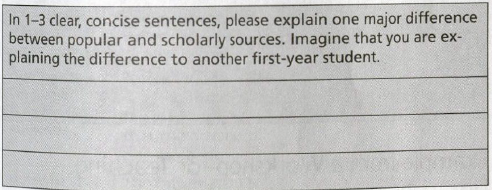
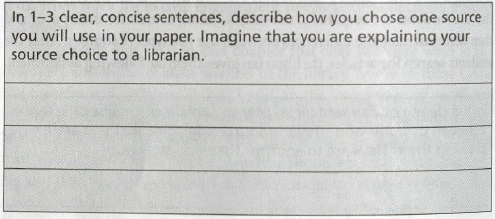
Transfer and apply prompts students to recall new knowledge and apply it to their own environment.
For example, librarians can ask what students would do differently during their next research based on what they learned and practiced during library instruction.
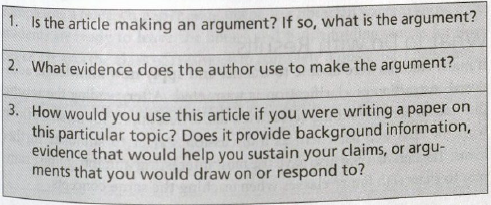
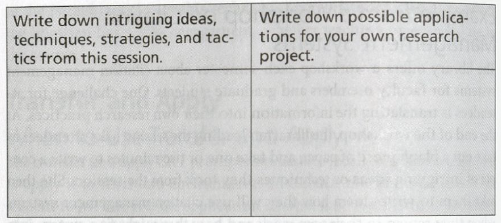
3-2-1 gives students a chance to list things they learned, questions they still have, how they will apply new information, and measures understanding, interests, curiosity, or confusion.
There are endless variations of 3-2-1 applications. Questions can be content specific, in list or graphic form, completed individually or in groups.

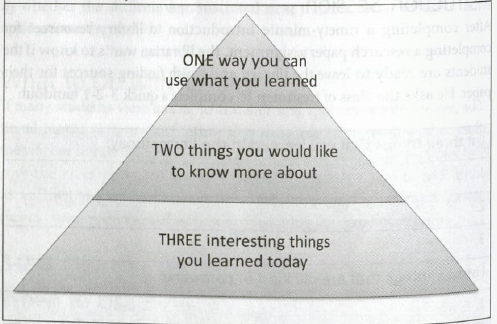
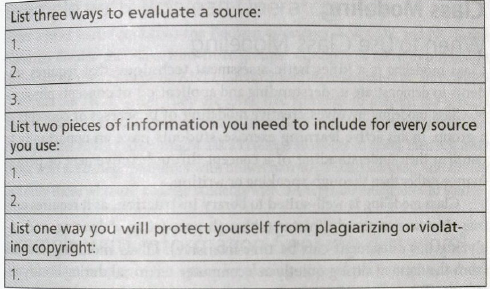
Class modeling involves physical engagement of students demonstrating understanding and application of concepts. Students can confirm understanding through movement or performance rather than through speaking or writing.
Example: Boolean Operators
After a brief introduction to the concept, the librarian runs a class exercise demonstrating via human model how Boolean Operators work. Students are asked to stand based on categories that are suggested. Ex: (students) AND (glasses OR contacts) AND (coffee OR tea OR caffiene).
Alternatively, the librarian will divide the class into groups, asking each group to demonstrate how either AND or OR works via a human model.